
Kanagawa Prefecture's Hakone is famous as a historic hot spring area, and you can visit it in about 1 hour and 20 minutes from Shinjuku using the Odakyu Romance Car.
There are many restaurants because it has flourished as a tourist spot for a long time, but it is also famous for having many bakeries with a commitment. From the famous bakery in the long-established hotel, to the bakery & cafe along Lake Ashi, to the bakery in the small town, you can enjoy the unique commitment bread of Hakone. This time, we conducted interviews at two popular bakeries in Hakone. We will introduce the unique bread culture of Japan and the Hakone bakeries you should definitely visit when you travel, in two parts: Part 1 and Part 2!
※The product information and prices in this article are as of December 2023. Please check the official website for the latest information.
Japan, the Unexpected Kingdom of Bread! What is the unique Japanese bread culture, from seasonal specials to hearty savory breads?
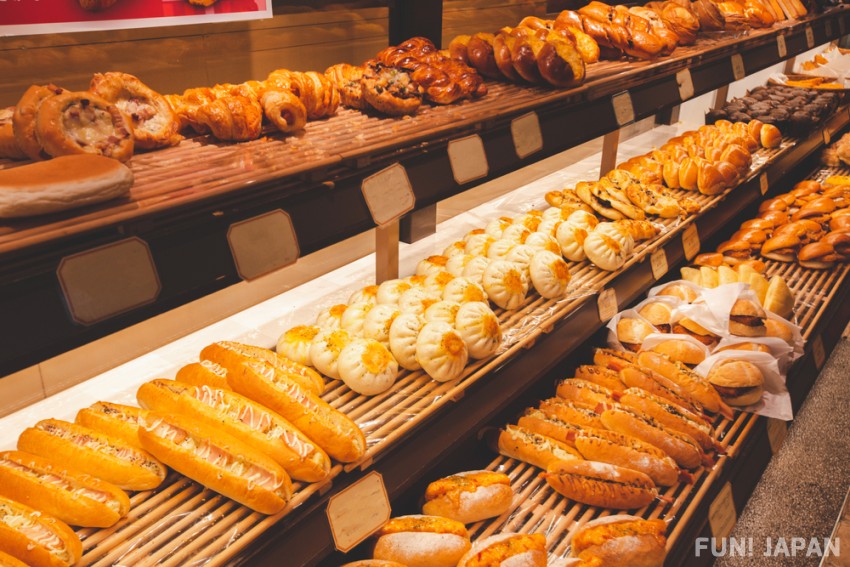
In Japanese supermarkets, convenience stores, and bakeries, you can find a variety of breads. The shapes and ingredients inside are also diverse, and you may be surprised by the unique breads that you've never seen in other countries! This time, we will introduce the classic "sweet bread" and "savory bread" which sandwiches ingredients that are usually eaten separately, from such unique Japanese breads.
What kind of bread can you find in Japanese bakeries?
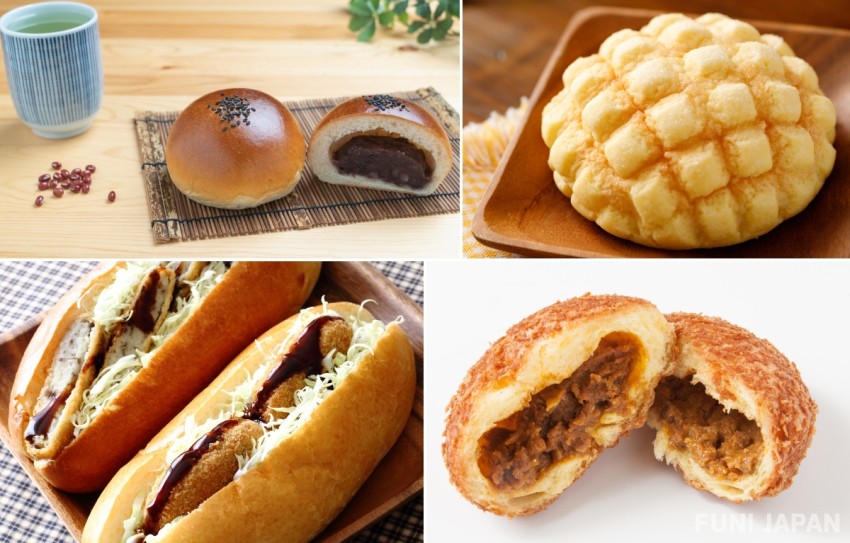
It is said that there are hundreds of types of bread that can be eaten in Japan. In particular, sweet bread and savory bread, which have evolved uniquely in Japan, are abundant in variety and are the star attractions in the bread corners of bakeries, supermarkets, and convenience stores.
"Sweet bread" refers to bread with a sweet taste on the surface or with sweet ingredients such as chocolate and cream, including red bean bread, melon bread, cream bread, and jam bread. On the other hand, "savory bread" refers to bread made by topping or sandwiching cooked side dishes and ingredients. There are many breads with popular Japanese side dishes such as curry bread, beef stew bread, croquette bread, and yakisoba bread, and many Japanese people eat them as meals or snacks. Also, depending on the site or store, it may be referred to as "cooked bread".
Also, the existence of "seasonal bread" is unique to Japan, a country with four distinct seasons. Seasonal bread refers to sweet bread made with seasonal fruits such as strawberries and peaches, or limited-time ingredients, as well as savory bread inspired by seasonal dishes like gratin. These are limited-edition items that are only available for a specific sales period, so be sure to try them when you see them!
However, there is one thing to note. In Japan, it is common for savory bread to contain ingredients such as ham and ground pork. If you are concerned, please confirm the ingredients with the store staff before purchasing.
Introducing the classic sweet breads and savory breads at Japanese bakeries
From here, we will introduce the classic sweet breads (Anpan, Melon Bread) and savory breads (Curry Bread, Yakisoba Bread, Croquette Bread) at Japanese bakeries.
Anpan - A Japanese Sweet Bread Inspired by Traditional Japanese Sweets
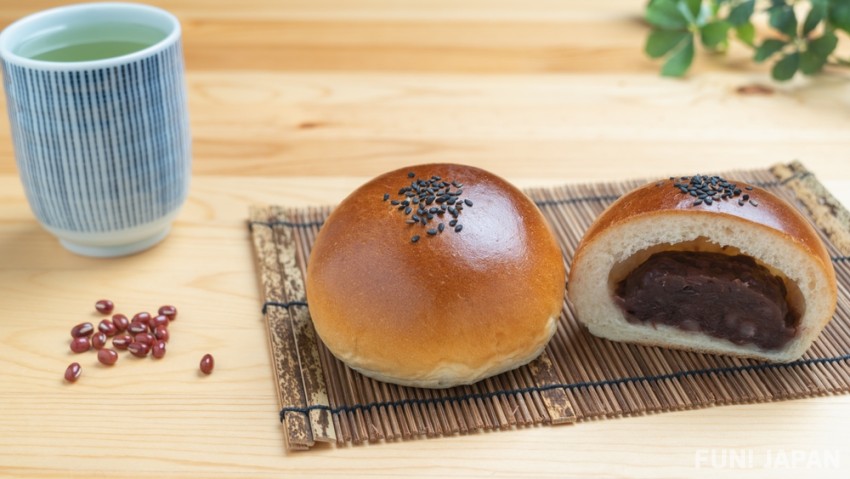
Anpan is a type of sweet bread that was originally invented by Eizaburo Kimura, the second generation owner of Ginza Kimuraya, inspired by the Japanese sweet manju. This concept of "wrapping ingredients in bread" led to the development of a unique bread culture in Japan. Similarly, there are jam buns (Jampan), which were conceived after seeing cookies with jam sandwiched in them at a confectionery factory, and cream buns (creampan), which were inspired by cream puffs.
Melon Bread - The double structure of biscuit dough and bread dough is the key
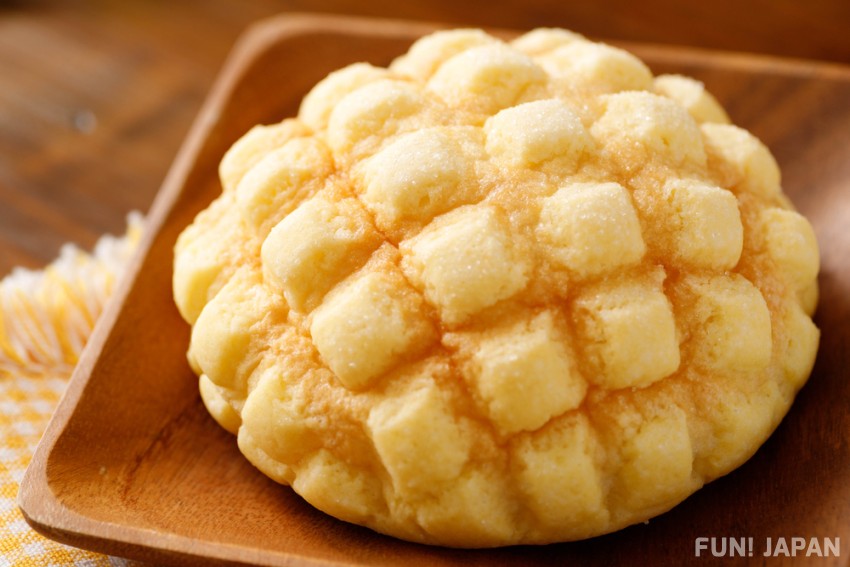
"Why is it called a melon bread even though it doesn't contain melon flesh?" Some people might wonder. There are various theories, but it is said to be called "melon bread" (melonpan) because the surface is a biscuit dough with a net pattern and it is round in shape.
The charm of melon bread is, above all, the difference in texture that can be enjoyed with the sweet and hard biscuit part on the surface and the covered bread dough part. Also, depending on the store, there are shops that offer "melon bread with melon" that contains cream inside and adds real melon flesh and juice.
Curry Bread & Curry Donuts - Fried bread wrapped in curry
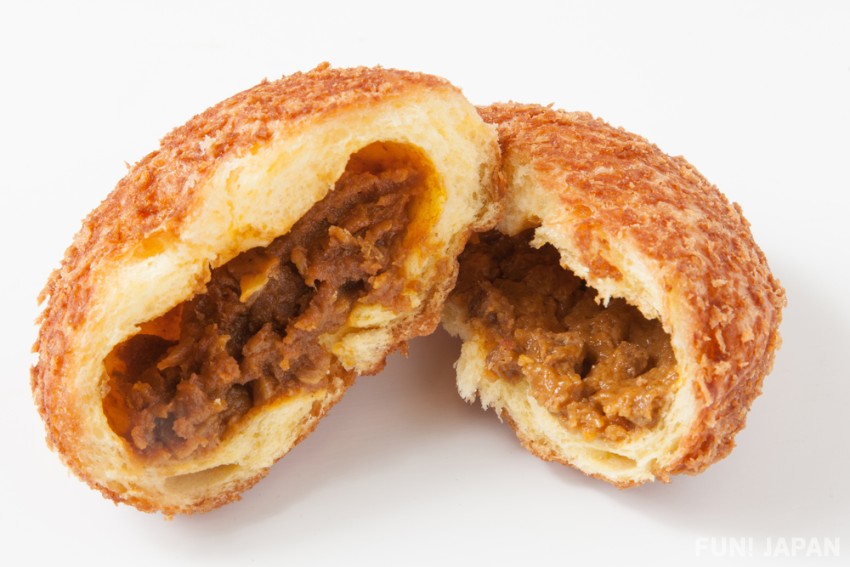
A curry bread (kare-pan) is a bread dough coated with breadcrumbs, filled with curry, and deep-fried. Like croquette bread and yakisoba bread, it is a staple of convenience stores, supermarkets, and bakeries. The curry is not a liquid sauce, but is more like a keema curry, and there are variations that include a boiled egg inside, and a "baked curry bread" that is baked instead of fried. It's popular because it's easy to eat and satisfying.
Yakisoba Bread - A combo of yakisoba and Japan-born Koppe bread!
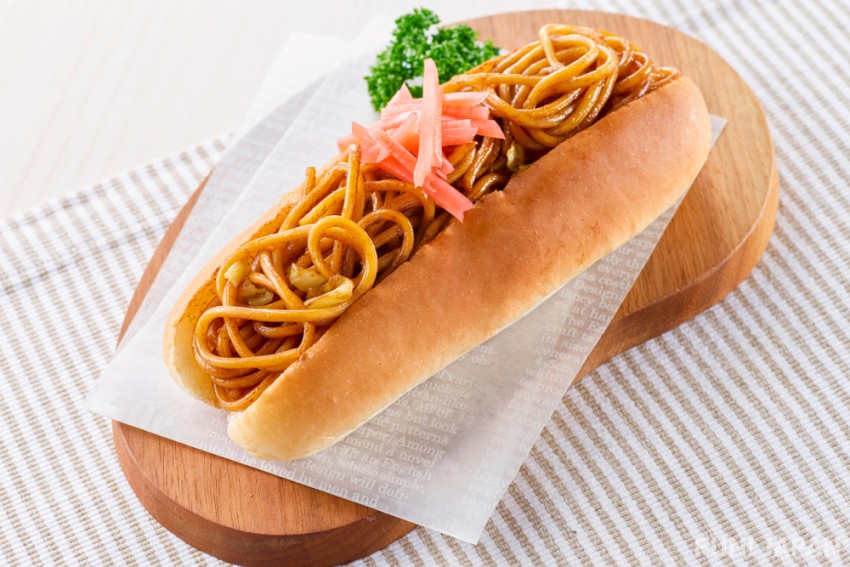
Yakisoba, a noodle dish stir-fried with Chinese noodles, pork, cabbage, carrots, bean sprouts, and other vegetables. Yakisoba bread (yakisobapan) is a sandwich made with this Japanese dish, which has now become popular worldwide, sandwiched in a Japanese-born ※Koppepan. This voluminous dish is filled with plenty of yakisoba in a Koppepan with a vertical slit, and is a common sandwich bread often seen in school lunches and convenience store bread in Japan. Even if you think, "It's impossible to eat bread and noodles together!" give it a try!
※A spindle-shaped bread with a flat bottom that can be held in one hand. It is similar to hot dog buns
Korokke-pan - Perfect match of croquette and cabbage!

This refers to a type of bread filled with a croquette. It is common to also include cabbage with the croquette, and the bread used can vary from a roll to hamburger buns or sandwich bread.
Watanabe Bakery - Famous for its Onsen Stew Bread! A bakery established in 1891, loved by locals for its commitment to quality.

From here, we pick up a famous bakery in Hakone, one of the representative bakeries of Hakone is the Watanabe Bakery, founded in 1891. It's a specialty bread shop that has been loved for over 100 years in the hot spring town of Hakone, Miyanoshita district.
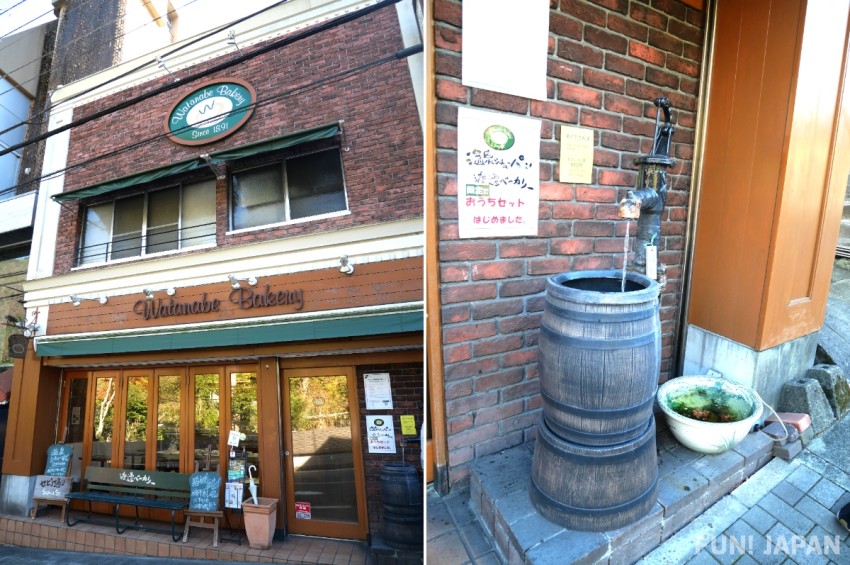
Watanabe Bakery is located along Sepia Street in the Miyanoshita area, which is home to many charming buildings and stylishly renovated cafes, including the Fujiya Hotel. Outside the store, there is a hand bath where you can wash your hands with Miyanoshita hot spring water, allowing you to casually enjoy a hot spring experience and warm up before entering the store, even in cold seasons.
The specialty is the Onsen Stew Bread, born out of the Hakone Ekiden
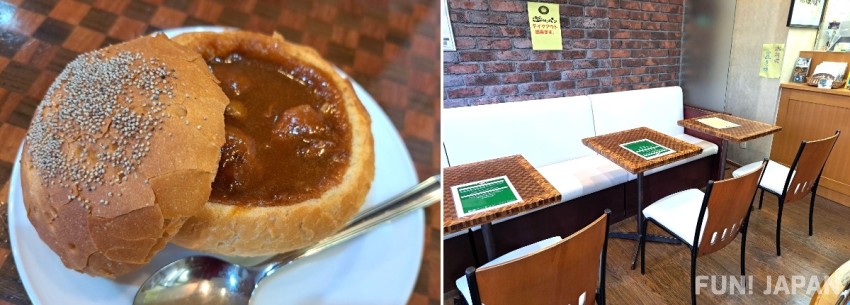
The specialty Onsen Stew Bread is a beef stew filled with chunks of meat inside a French bread bowl. When you open the lid of the bread, it's so hot that steam rises! The back of the store is an eat-in space, and there is also a drink set (1,155 yen) that includes Onsen Stew Bread (Onsen Stew-pan) and a soft drink, perfect for lunchtime.
By the way, the creation of this Onsen Stew Bread was triggered by the Hakone Ekiden. The Hakone Ekiden is the "Tokyo-Hakone Round-Trip College Ekiden Race" held on January 2nd and 3rd every year, which coincides with New Year's in Japan. It is a traditional college ekiden race that goes back and forth between Tokyo and Hakone, and every year it is broadcasted on TV, and spectators and students from various universities gather along this Sepia Street to witness the heated battle of the runners. The hot Onsen Stew Bread was devised for the people who watch the race in the cold of midwinter, and now it has become a familiar bread not only for Hakone fans but also for ekiden fans.
The Anpan, filled with various ingredients and plenty of red bean paste, is also attractive
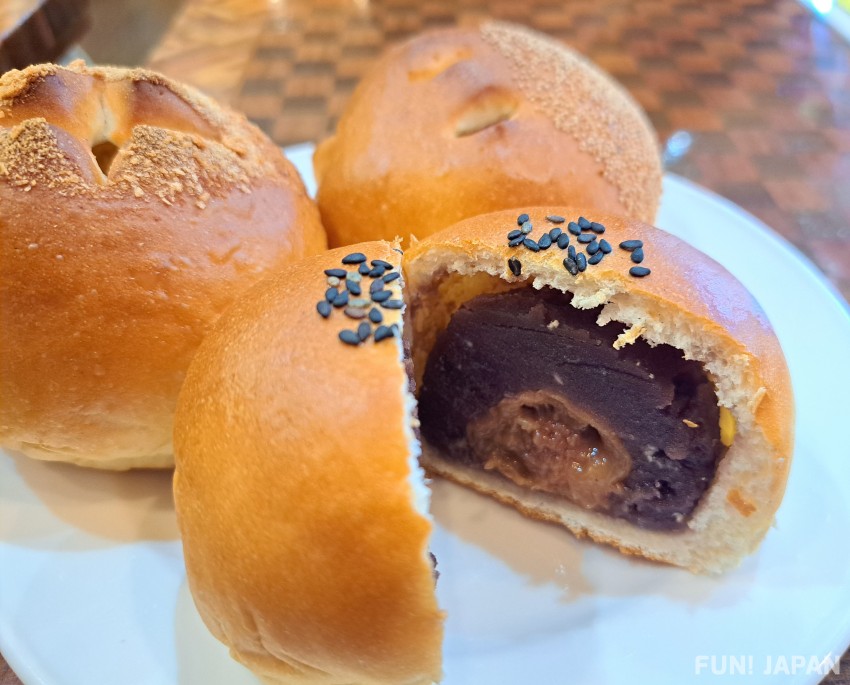
Another specialty of Watanabe Bakery is the Anpan, a bun filled with various ingredients and plenty of red bean paste. They offer a variety of Anpan such as Umeboshi Anpan, which contains a whole homemade pickled plum using plums grown in Odawara, as well as apple, sesame, and seasonal Anpan. About 10 types are always on sale in the store. By the way, the limited product at the time of our on-site coverage was a roasted chestnut Anpan. They also have periods when they sell limited Anpan with mandarin oranges and yuzu.
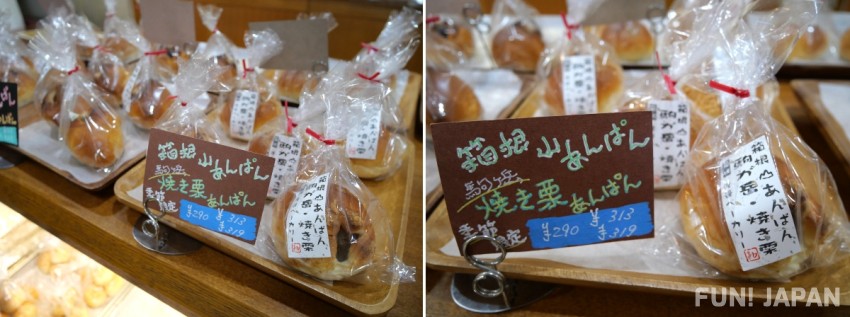
Also, it's very unique that the names of the mountains in Hakone, such as "Komagatake" and "Owakudani", are depicted in the names and store pop-ups of the bread! "Hakone Mountain", the symbol of Hakone, is a general term for several mountains, each with a different name, which is why they decided to use them in the names of the bread. If you eat it for lunch or as a snack, it seems to be a good memory of Hakone Miyanoshita sightseeing.
Spot information
- Address: 343-3, Miyanoshita, Hakone-machi, Ashigarashimo-gun, Kanagawa
- Access: About 8 minutes on foot from "Miyanoshita" station on the Hakone Tozan Railway
- Business hours: 9:30 to 17:00
- Closed: Wednesday, 1st, 3rd, 5th Tuesday (Temporary closure available)
- Official URL: https://watanabebakery.jp/
- ※Please check the latest information and details on the official website's News & Topics
In the second article, "【Hakone】Famous bread and a cafe with a view of Lake Ashi! Popular bakeries & cafes to visit in Hakone - Part 2", we will feature the popular bakery & cafe "Bakery&Table Hakone" where you can enjoy a view of Lake Ashi and a foot bath. Don't miss it!
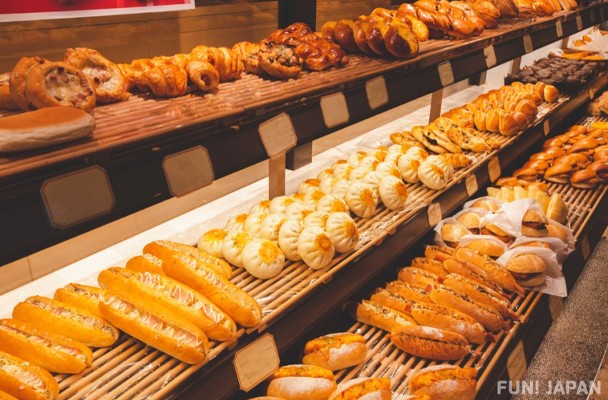
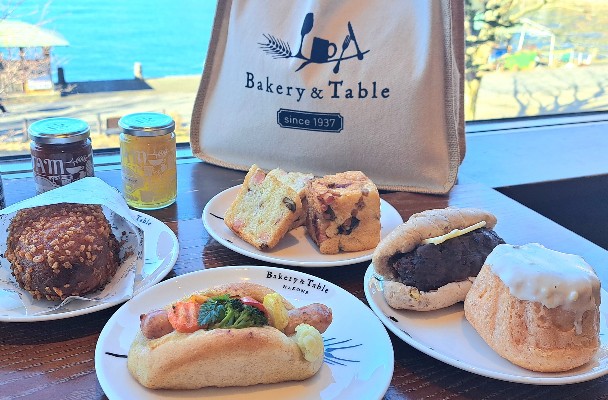

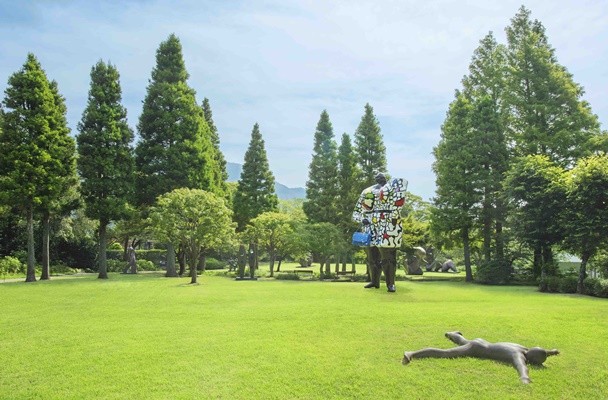

Comments